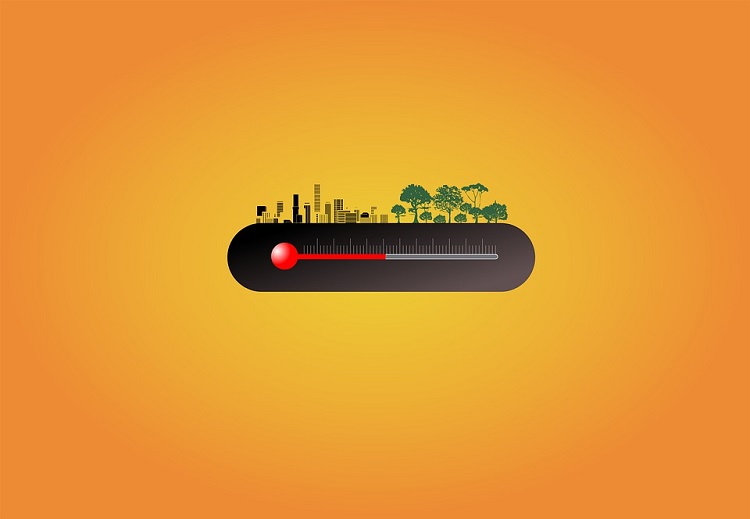Climate change is a pressing issue today, and governments around the world are coming together to address this challenge. It is reported that the best scenario described by the United Nations Intergovernmental Panel on Climate Change (IPCC) requires active mitigation of global carbon emissions, calling for carbon emission levels to be reduced to 40% to 70% lower than 2010 levels. However, even if this goal is achieved, it will only reduce global warming. The IPCC predicts that average temperatures may still rise by 2 degrees Celsius at the new level by 2050. But IoT is helping to combat climate change through smart deployments, some of which we’ll explore today.

LED and smart grid
Switching to LED lighting can significantly reduce power consumption. These lighting sources are then connected into smart grids using Internet of Things (IoT) devices, which will pay huge dividends. The scope for energy savings in homes and business environments is so great that governments are supporting the shift. A range of similar smart devices related to home energy consumption, including smart plugs that can be turned off remotely, are already in place across enterprise environments to enable smarter, more energy-efficient offices and production facilities. This is important because the increasing load on IoT devices must be offset by efficient energy supply.
Industrial IoT by-products
The Industrial Internet of Things, or IIoT, is gaining attention because of the efficiencies it can provide. But beyond that, manufacturers end up impacting climate change as a side effect of these deployments. This covers a range of unintentional environmental improvements, from fuel-saving transport to demand-based production, which will help reduce greenhouse gases. If all industrial sectors are involved, the use of IoT has the potential to reduce emissions by 63.5 billion tons by 2030. Cost reductions are often the result of optimized use of electricity, fuel and water, cotton, iron, wood and other production materials, which means that, as part of these business initiatives aimed at achieving economic benefits, a positive contribution is made to sustainability.
Shift to renewable energy
Every sector can shift its energy use toward more renewable energy sources. According to WWF, we need to drastically reduce man-made greenhouse gas emissions, phase out fossil fuels, and shift to renewable energy. We need to use less energy and be more efficient with the energy we use. The IoT can enable this by monitoring and managing energy use, in homes through devices such as smart meters, and in the workplace through smart technologies such as solar monitoring systems. IoT experts can help your organization identify the benefits of renewable energy IoT applications. But it’s clear that fossil fuels are one of the largest contributors to greenhouse gases, so IoT in this area will bring huge climate change dividends.
Trefwoorden: lora manufacturer